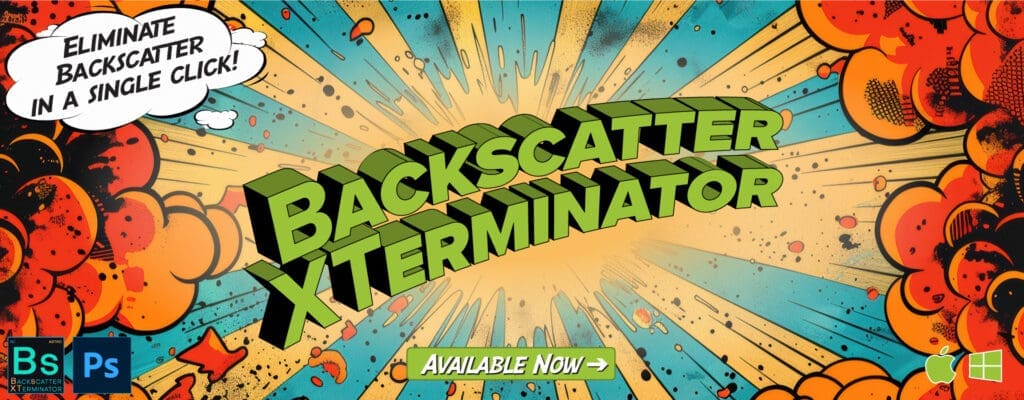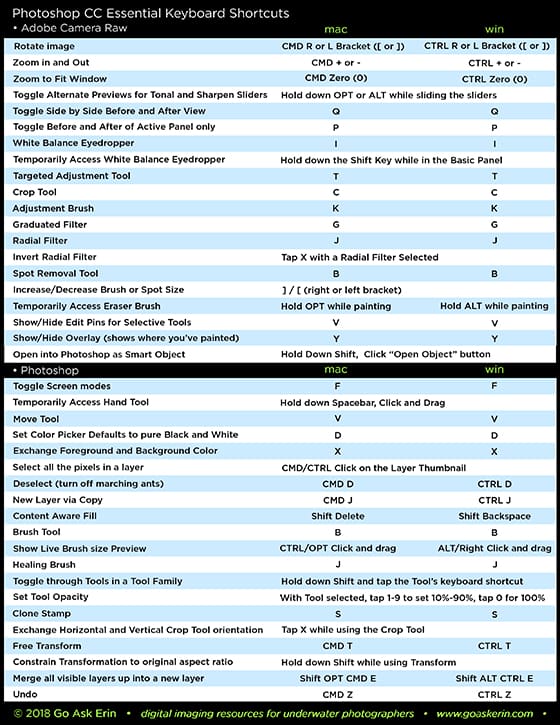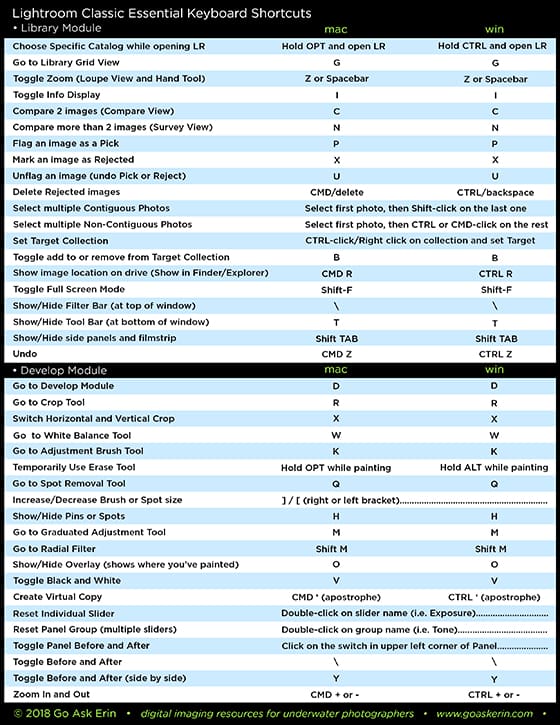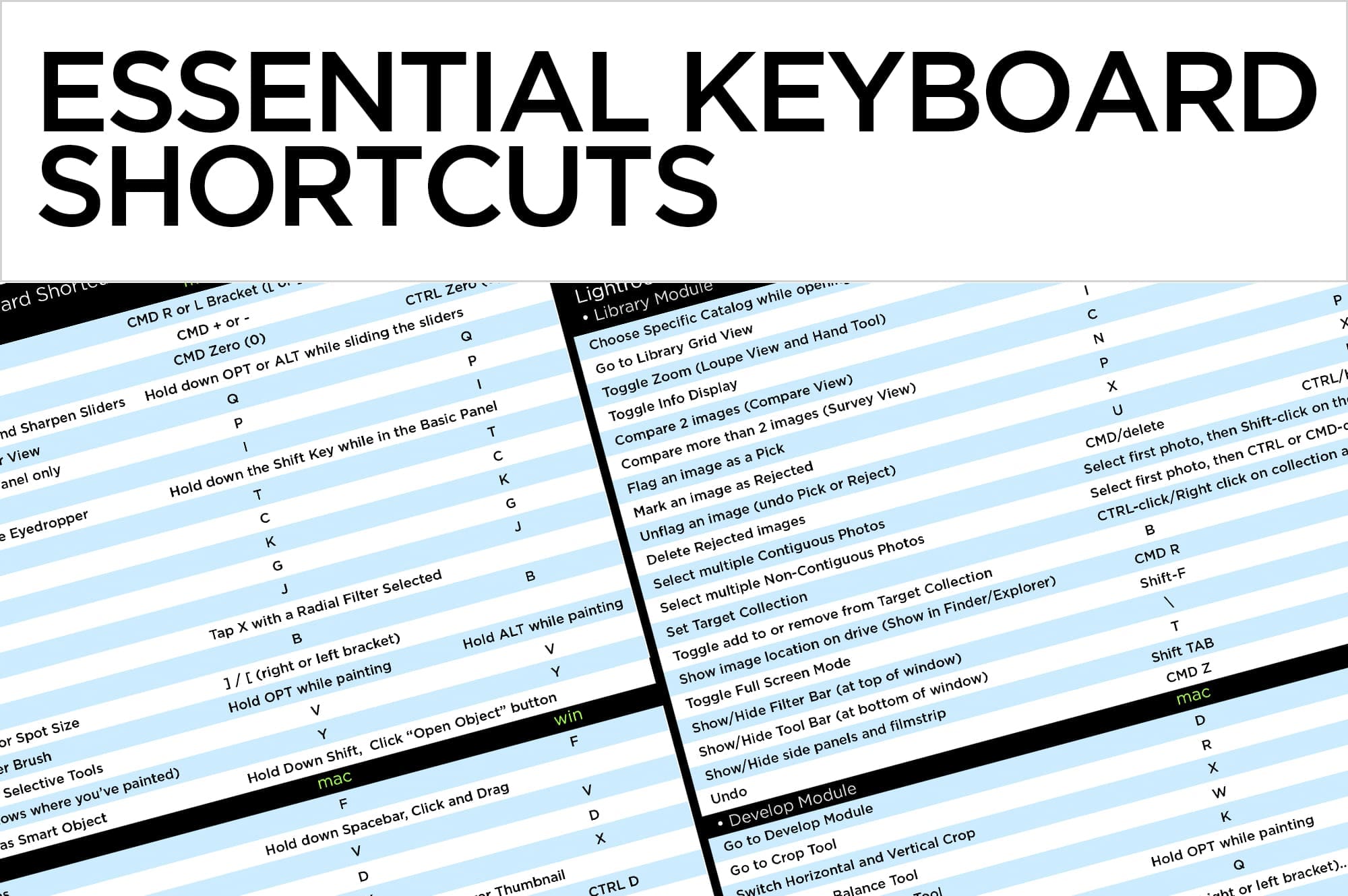
Post navigation
Similar Posts
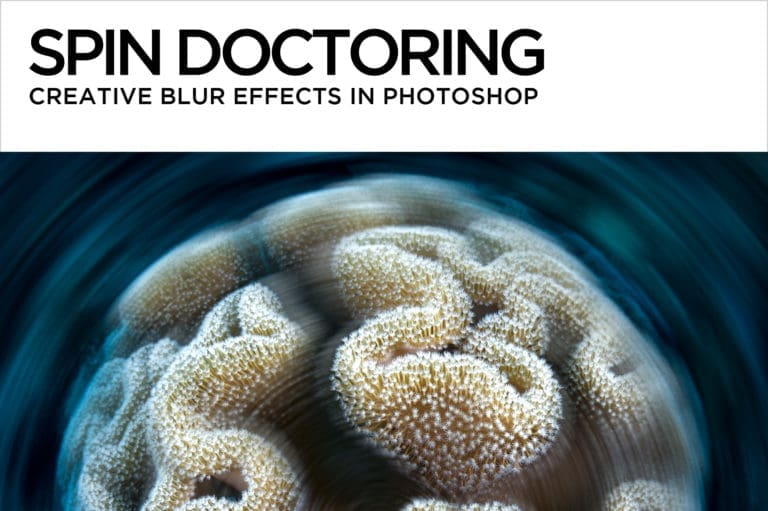
Spin Doctoring – Creative Blur Effects in Photoshop
Panning or rotating the camera at slow shutter speeds creates motion blur. It’s a technique that can yield exciting, evocative images, but the learning curve for producing predictable results is steep, and the percentage of keepers (in my personal experience) is low. Alternatively, Photoshop offers tons of filters that mimic in-camera effects. I’ve chosen a…

Don’t Wreck Your Image
Do’s and Don’ts of Editing Wreck Photos Whether moody or magnificent, wreck shots can be a real challenge to edit. Typically taken in less-than-optimal conditions, most wreck photos need help in post to achieve maximum impact. Lightroom and Photoshop offer an impressive array of tools to tease out texture and contrast, but missing the target…

Nerd Alert! How to permanently trash images while working in a Collection
It’s not possible to permanently trash images while working in a Collection…or is it? By default, images deleted from a Collection are not permanently deleted from the Lightroom Catalog or (more importantly) from your hard drive.

Puppet Warp
Let’s take a look at an advanced technique in Photoshop that purists would consider a cheat, but is a fantastic tool for those not so worried about bending reality. It’s called Puppet Warp. The goal in this example is to change the fin position of a model, but it’s great for all kinds of adjustments,…
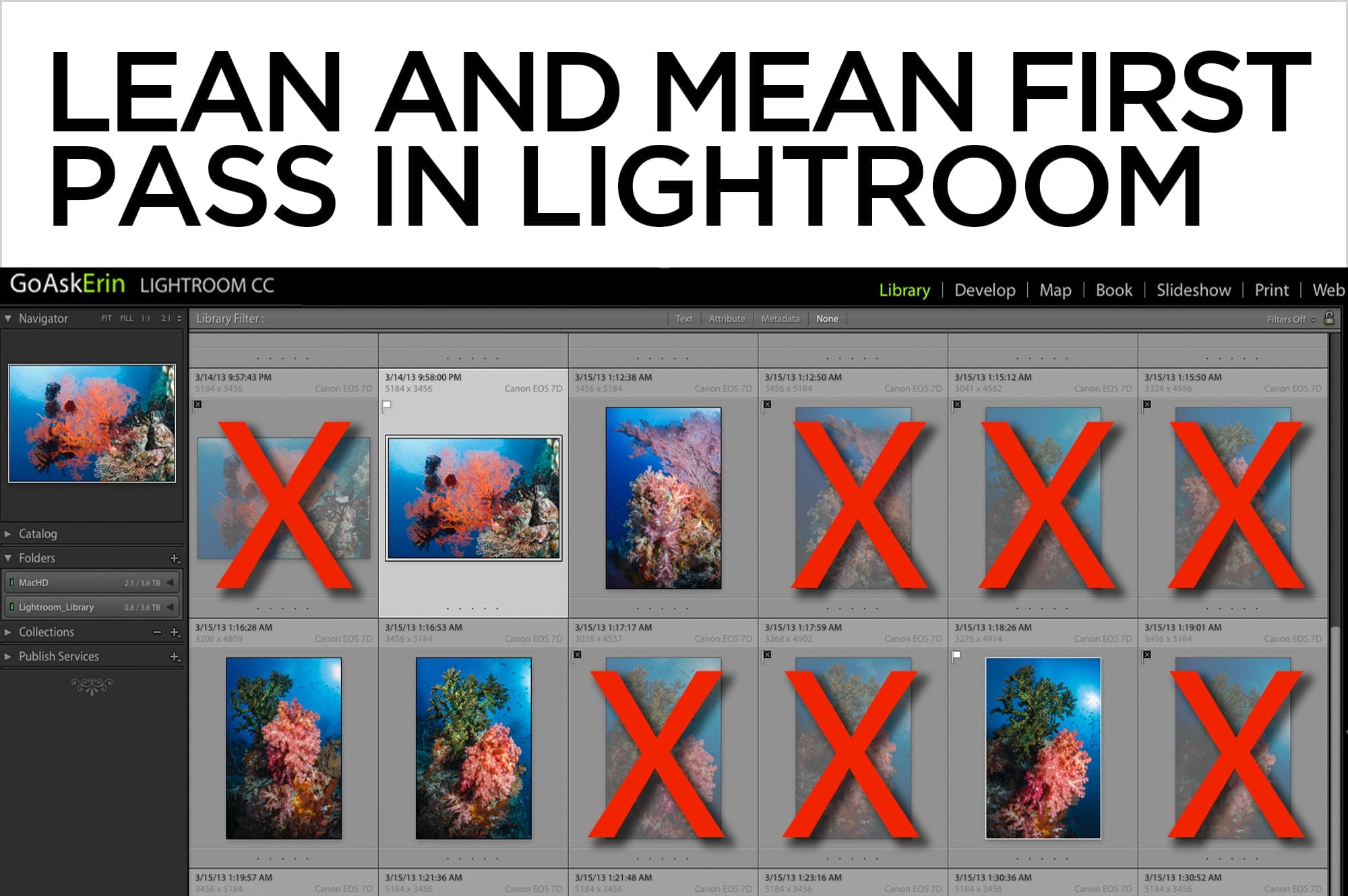
Lean and Mean First Pass in Lightroom
Not all photos are contest winners. Cut down on the under-achievers in your image library by flagging keepers and clunkers right off the bat as Lightroom imports them. You only need to remember three letters on your keyboard – “P” for Pick, “X” for Reject, and “U” for Unflag. Getting in the habit of…
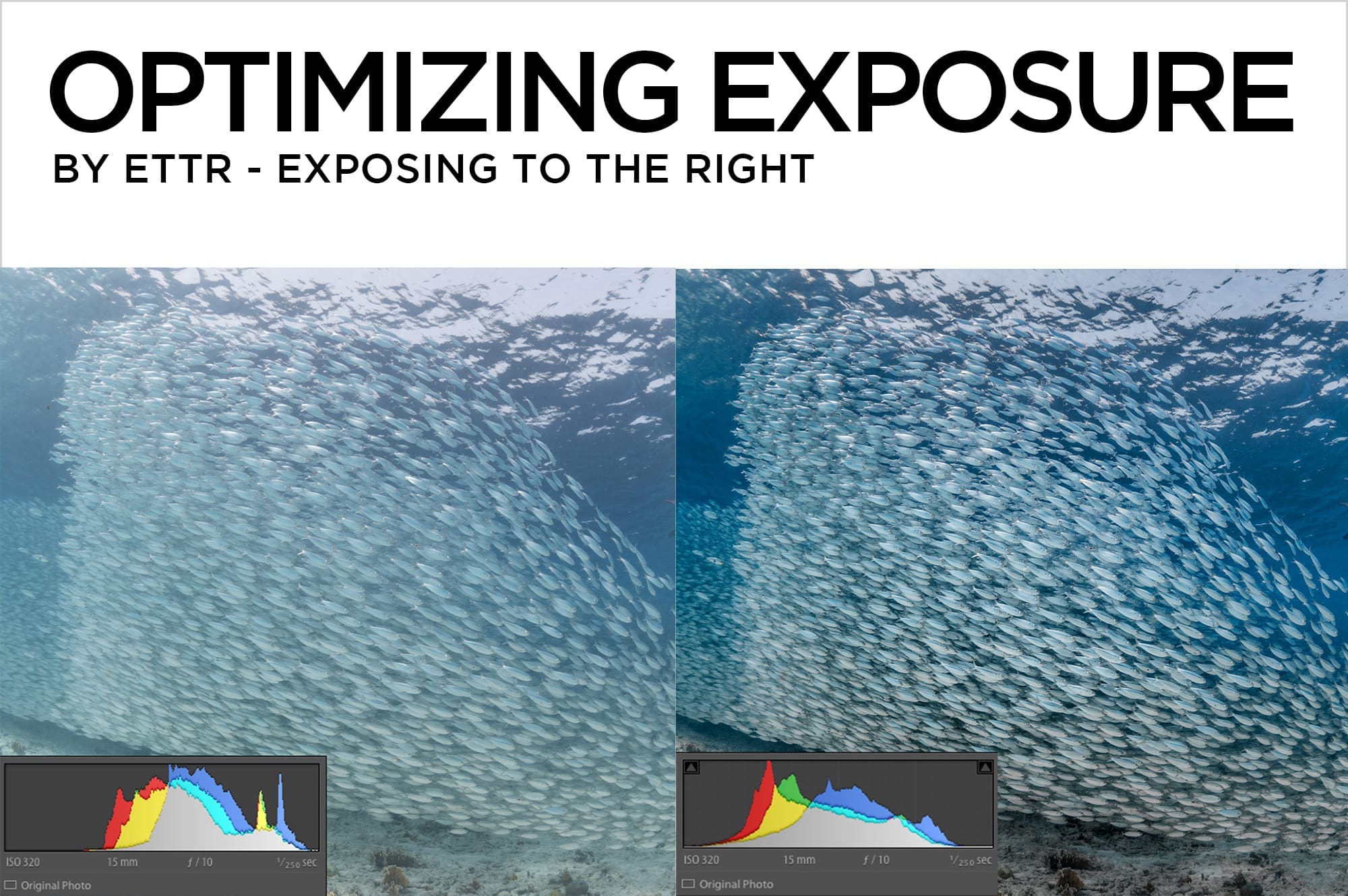
Optimizing Exposure by ETTR – Exposing to the Right
If you’re not already shooting with the help of your camera’s histogram, it’s time to start. A histogram is a graph that shows the distribution of tonal values from black to white in your image, and it’s a very accurate indicator of overall exposure. By not checking out the histogram as you shoot, your exposures…

